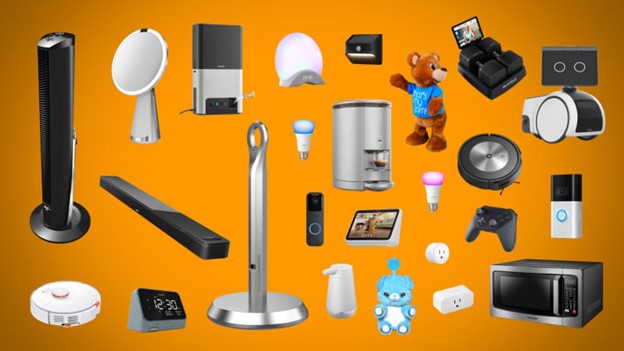Instacart has been on a roller coaster ride since its inception back in 2012. The company has continued their rapid expansion, with service offered to nearly 70 million US households from over 200 retail partners based on location. Recent additions to the platform include Sam’s Club and Aldi. The addition of Aldi is particularly powerful because it adds a clear low price option to their arsenal. With several divisions of Kroger also participating, Instacart now serves as a partner to the top eight largest grocers in the U.S. Instacart has also added several prominent regional chains like HEB and Wegmans, following the prevailing wisdom of, if you can’t beat them, join them. Even retailers who maintain their own e-commerce platform like Ahold (which has e-commerce pioneer Peapod), has added Instacart in select markets to offer more immediate service. Instacart offers both a one-hour and two-hour delivery option.
The company is also continuing to invest heavily in technology, with a patent filed to allow self-checkout for their in-store shoppers which could significantly speed the picking and payment processing part of the business.
At the same time, the company has also continued to raise capital. The latest $200 million Series E financing round now places the company’s value at a whopping $4.2 billion.
Everything sounds great, right? The current wrinkle in the business model is, you guessed it, Amazon. Whole Foods was both an early partner and equity investor in Instacart, with an estimate that 10% of Instacart’s sales were coming through the Whole Foods partnership. With Amazon’s acquisition, sales figures have begun to change with strong influence and a new offering. Amazon recently announced free two hour delivery through Whole Foods, with the service starting initially in four markets: Dallas, Austin, Cincinnati and Virginia Beach. The service has since expanded into San Francisco and Atlanta.
Amazon provides a formidable challenge as Instacart still seeks to perfect its business model even among its rapid growth. The business model is not without its challenges, the least of which is a lack of transparency on the end prices to a consumer:
- There is a delivery fee, of course. Raised from $5.99 for two hour delivery and $7.99 for one hour. Reasonable enough considering the speed of service. For a $149 annual fee, Express subscribers can get free delivery on orders over $35.
- There is a “service” fee of 10% added to an order that is a bit murky. It is not a tip (which is still encouraged) but was designed to provide higher pay to their contract workers. Customers can opt out of this fee but requires an extra step.
- There is a “mark-up” associated with shopping at some retailers. This is quoted at 15% but can be higher and retailers are not always transparent with how the pricing differs in the app versus prices in-store
- And finally, there is tipping. While optional, it leaves another open question on what to tip and how much a consumer pays over in-store pricing.
Adding all of that up, there is a price for convenience and an acknowledgement that delivering groceries, fast, to a consumer’s home, comes at a cost. Yet, the battle is on for what is now the promise of same day or even same hour delivery. Target recently acquired Shipt, an Instacart competitor, in order to have the ability to match fast delivery.
For retailers, there is certainly a risk/reward to aligning with Instacart. Yes, it gets them in the game quickly and with little to no capital, but the process allows a third party to control. Many are offering their own services along with click and collect as a way to provide consumers with multiple options.
But, as always, it will be Amazon as the key player to watch. Whole Foods provided badly needed local infrastructure to their model. Whole Foods will need to sort through the myriad of options currently available (Prime Now, Amazon Subscribe & Save, Amazon Fresh) to create a coherent and profitable retail strategy.
Neil Stern for Forbes



